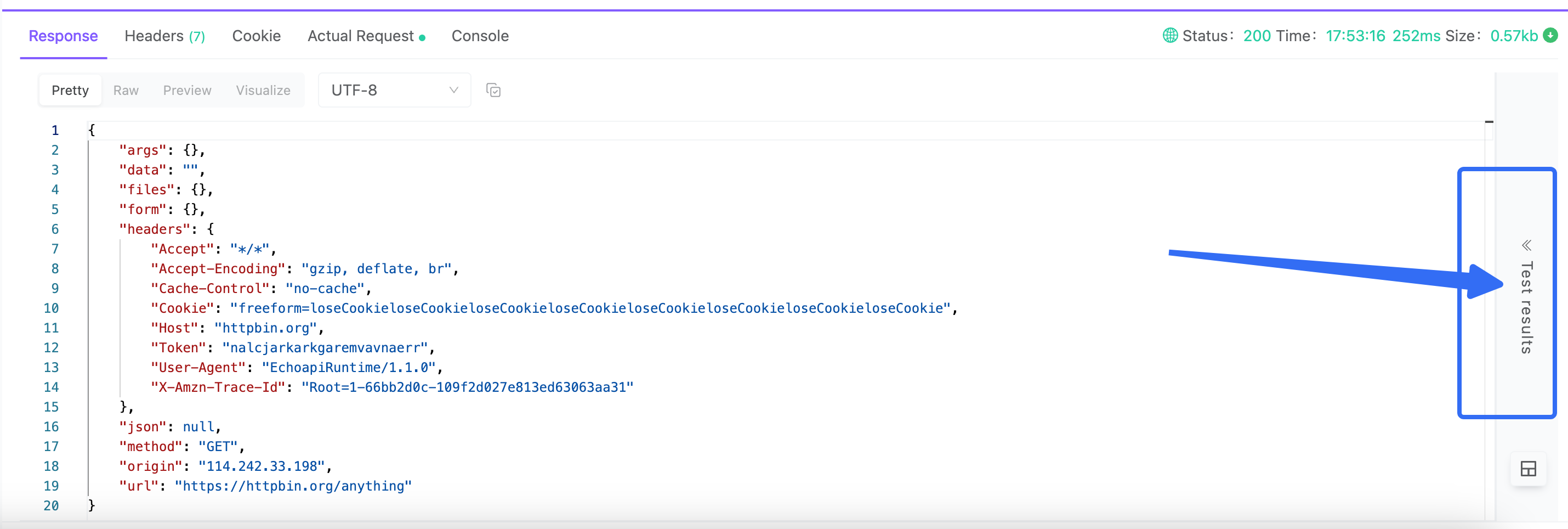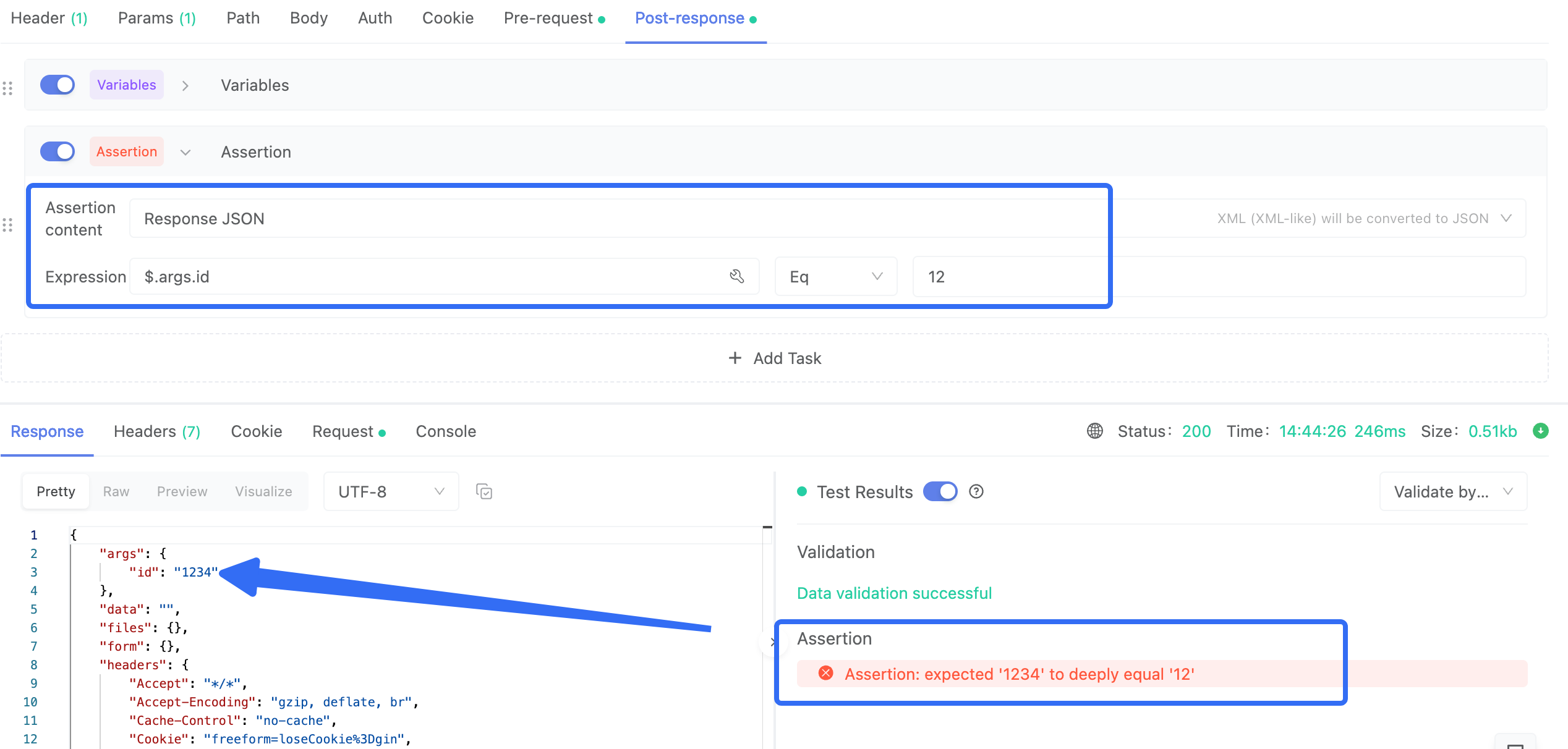What are the Assertions in Postman?
In the realm of computer programming, simplicity in code is fundamental for comprehension. However, there are often instances where extensive and intricate code structures are necessary. Assertions serve as invaluable tools, aiding programmers in code interpretation, facilitating compilation processes, and assisting in defect identification within the codebase.
Delving into Assertions in Postman
Assertions play a pivotal role in Postman by verifying the alignment between actual and anticipated values post-test execution. If a discrepancy arises, signaling a mismatch, the test will fail, clearly indicating the cause of the deviation in the test output.
Noteworthy features of assertions in Postman include:
- Validation Logic: Assertions operate on a binary true or false principle, confirming or refuting the correspondence of values.
- Utilizing Chai Assertions Library: The integration of assertions within test scripts is made seamless through the utilization of the robust Chai Assertions Library, enriching the testing capabilities of Postman users.
Embark on a comprehensive exploration of Assertions in Postman through this blog, unraveling the intricacies of validation processes, error detection mechanisms, and the pivotal role assertions play in fortifying the reliability and efficiency of code evaluations. Let's delve deeper into the realm of assertions in Postman!
Locating an Object in an Array Based on Property Value
Welcome to the inaugural segment of "Assertions in Postman," where we delve into the art of pinpointing an object within an array using its property value.
Imagine you are presented with the following response:
The response from this API includes the following:
{
"filters": [
{
"id": 220,
"name": "Bob",
"isAllowed": false
},
{
"id": 221,
"name": "City",
"isAllowed": true
},
{
"id": 222,
"name": "Max",
"isAllowed": false
}
]
}
Assert that the list filter's property isAllowed is true.
pm.test("Check the City filter is allowed", function ()
{
var jsonData = pm.response.json(); // Process the response body
// Find the array index for the City
var City_Index = jsonData.filters.map(
function(filter)
{
return filter.name; // Name of the property
}
).indexOf('City'); // Index of Name you are searching for in array
// Get the city filter object by using the index calculated above
var cityfilter = jsonData.filters[City_Index];
//Check that the city filter exists
pm.expect(cityfilter).to.exist;
//Check that the city filter is allowed
pm.expect(cityfilter.isAllowed).to.be.true;
});
Visual Assertions in EchoAPI: Simplifying Validation without Scripting
EchoAPI introduces a groundbreaking feature that sets it apart from traditional assertion methods in tools like Postman—visual assertions. With EchoAPI, users can now effortlessly perform assertions without the need for scripting, enhancing the testing experience in a visual and intuitive manner.
Visualizing Assertion Settings
Currently, it supports direct assertion verification of Response JSON, Response XML, Response Text, Response Header, Response Cookie, Response code, response time, temporary variables, environment variables, and global variables.

View the results from here

Example

Advantages of Visual Assertions in EchoAPI:
- User-Friendly Interface: EchoAPI's visual assertion capability offers a user-friendly interface that simplifies the validation process, making it accessible to users with varying levels of technical expertise.
- Time-Efficient Testing: By eliminating the need for writing complex scripting code, visual assertions in EchoAPI save time and effort, allowing testers to focus on testing scenarios rather than script creation.
- Enhanced Collaboration: Visual assertions provide a clear and concise way to communicate and share test results among team members, fostering collaboration and facilitating efficient decision-making.
- Reduced Dependency on Scripting: With EchoAPI's visual assertion feature, teams can reduce their reliance on scripting expertise, enabling a broader range of users to conduct thorough API response validations.
- Improved Test Clarity: Visual representations of assertions in EchoAPI enhance test clarity, allowing testers to easily interpret and analyze the validation results without delving into script intricacies.
Conclusion
Assertions play a pivotal role in API businesses by serving as a fundamental component in ensuring the integrity and reliability of API endpoints. These validation mechanisms are essential for verifying that API responses align with expected outcomes, guaranteeing data accuracy and consistency. In the realm of modern software development, where APIs hold increasing significance, precise assertions are paramount. They aid in early error detection, issue identification, and resolution, ultimately leading to cost and time savings. Therefore, establishing robust assertion strategies is critical for API-driven businesses to uphold system stability and operational excellence.




 EchoAPI for VS Code
EchoAPI for VS Code

 EchoAPI for IntelliJ IDEA
EchoAPI for IntelliJ IDEA

 EchoAPl-Interceptor
EchoAPl-Interceptor

 EchoAPl CLI
EchoAPl CLI
 EchoAPI Client
EchoAPI Client API Design
API Design
 API Debug
API Debug
 API Documentation
API Documentation
 Mock Server
Mock Server








